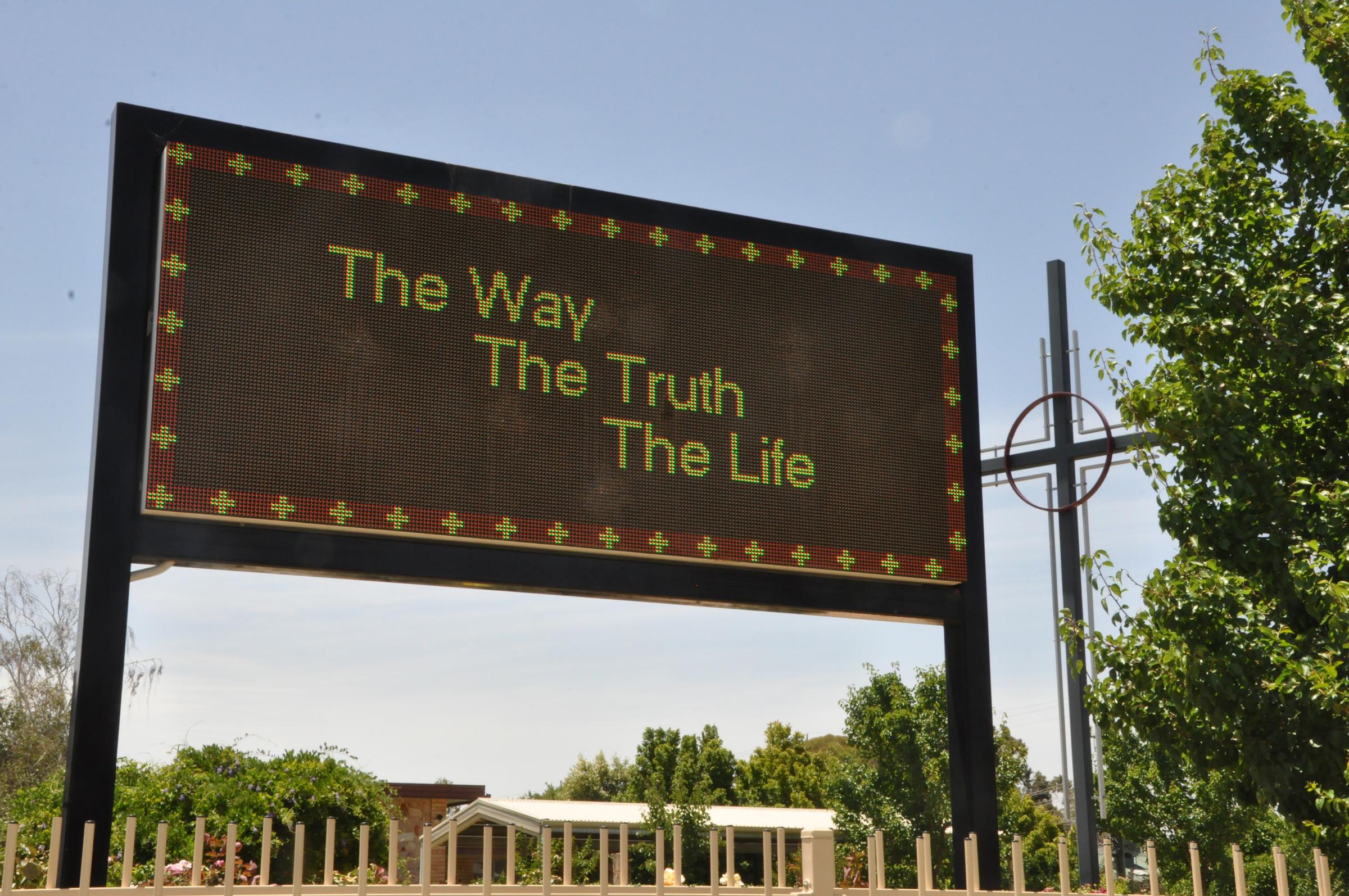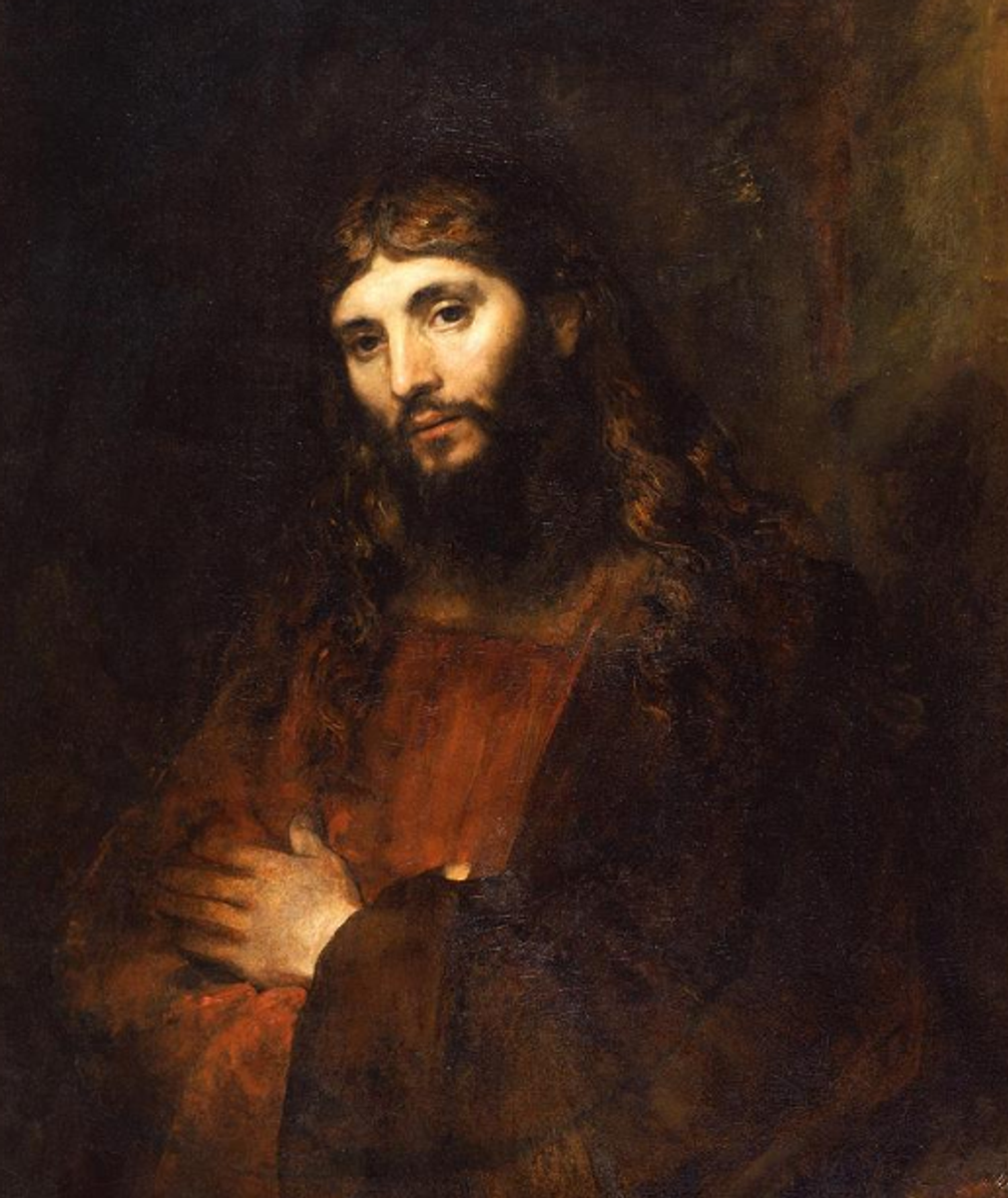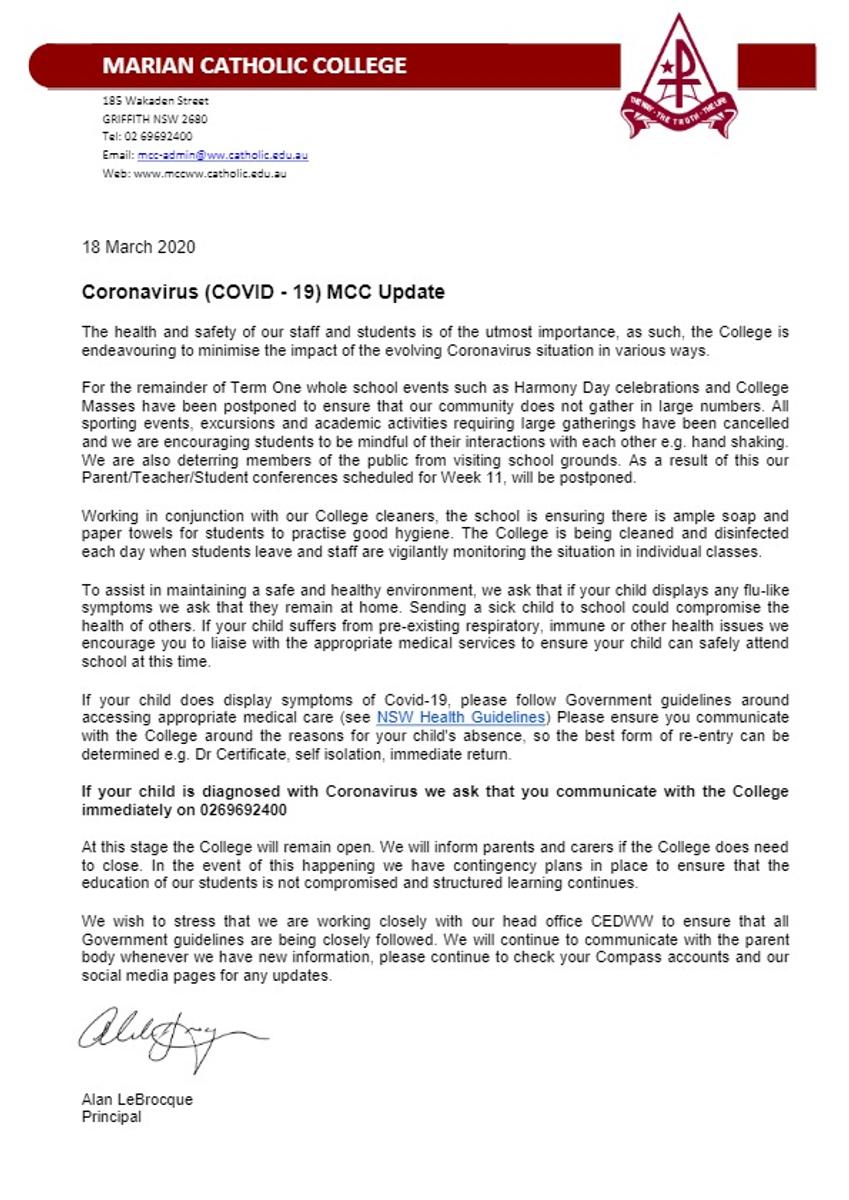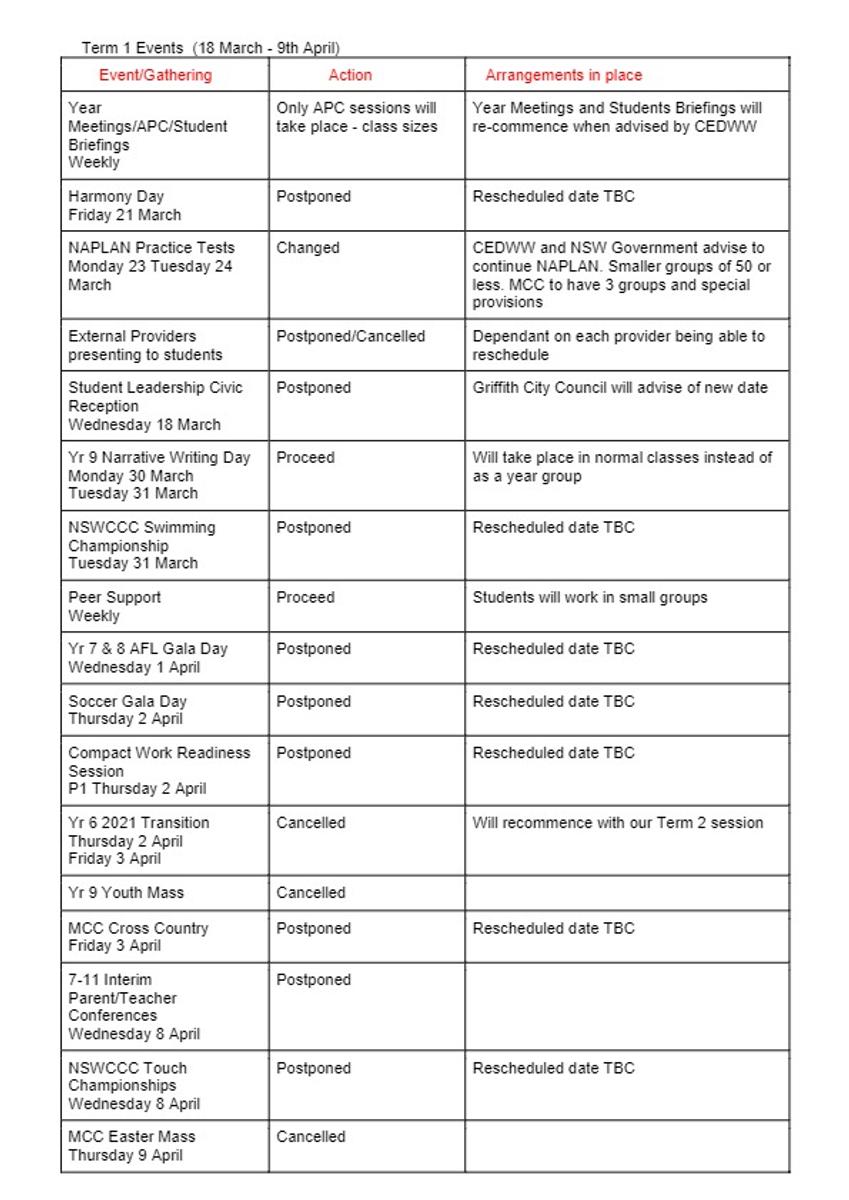Principal News

Fourth Sunday of Lent: ‘What have you to say about him?’
According to NCLS data, every week in Australia around 1.6 million people will attend a Christian Church to worship. To put that in perspective, around 515,554 people will attend AFL and NRL games on a good week. At finals time the number obviously increases. Just short of a million people will attend the NRL and AFL finals series. Even in these secular times, 3.9 million Australians will still attend church for Easter worship.
Why
This week’s gospel reading is concerned with trying to answer that very question.
To give some context, Jesus has been in the temple and the pharisees and scribes continually questioned him over his identity until Jesus declared that he is greater than the prophets: “Before Abraham was, I am.” In response they picked up stones and attempted to kill him. As he slips away from the Temple, Jesus cures a man who had been blind from birth.
Just like the preceding two weeks, Jesus reveals his divinity and, just like the preceding two weeks, the experience of encountering Jesus leads to faith and witness.
The detail which everyone notices is Jesus’ somewhat odd decision to spit on the ground and make mud with the saliva. It’s a far cry from social distancing. What is he doing? We know that on at least three occasions Jesus healed at a distance. Why does he have to smear some paste?
For a Jewish audience it would have been a very powerful symbol. In the Jewish tradition God was the potter who formed man from clay. Jesus, having asserted that he is greater than the prophets, very carefully shows himself in the guise of the creator forming a new creation.
There is also something sacramental about this healing. As Francis Martin and William M. Wright recently observed: “He receives sight after Jesus smears mud on his eyes (the same verb for “smearing” is used later for sacramental anointing with oil) and washes with water (as in baptism), and as we will see, the man progresses in his understanding of Jesus.”
The result of this miracle is not joy. Instead, the man now cured is instantly questioned by his neighbours and then the pharisees. He’s asked: ‘What have you to say about him yourself?’ The man’s response is interesting. Firstly, he is a former beggar but he is confident enough to even mock the Pharisees - the elites - for their obstinacy. Secondly, he is essentially working from reason: ‘I don’t know if he [Jesus] is a sinner; I only know that I was blind and now I can see.’ His blindness is cured but, as yet, he has not been given the gift of faith.
The Pharisees react with anger. They ‘hurl abuse’ at the cured man before driving him back into the street. It is at this point the man encounters Christ who has ‘found him’. Until now, the cured man has described Jesus as ‘a prophet’ and ‘this man..from God’. We see a gradual understanding much like that of the Samaritan woman from last week. And, like the Samaritan woman, his faith only comes from an encounter with Christ:
Jesus heard they had driven him away, and when he found him he said to him, ‘Do you believe in the Son of Man?’ ‘Sir,’ the man replied ‘tell me who he is so that I may believe in him.’ Jesus said, ‘You are looking at him; he is speaking to you.’ The man said, ‘Lord, I believe’, and worshipped him.
Since that day, countless people in every corner of the world have encountered Jesus and been washed in his baptismal waters. Through their encounter and the gift of faith, they too have concluded that the only possible response to Christ is worship. Rembrandt’s chiaroscuro portrait of Christ seems to directly challenge us. We might well reflect, what have we to say about him?
Dear Parents and friends,
I reprint yesterday's letter to the College Community. I wish to remind everyone that the College is NOT closing and we are under the same direction as all schools in the Diocese of Wagga Wagga. Please be reassured that the staff are well prepared for any closure if such a declaration is made and all students and staff have the computer training to work together off site to ensure learning continues if that decision is made by the appropriate authorities.
Peace and best wishes
Alan Le Brocque
Principal



